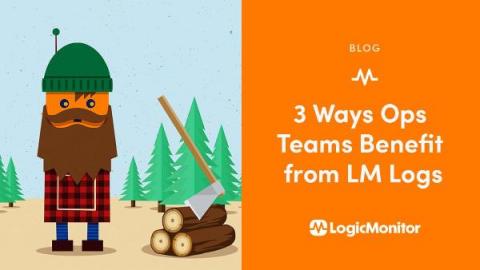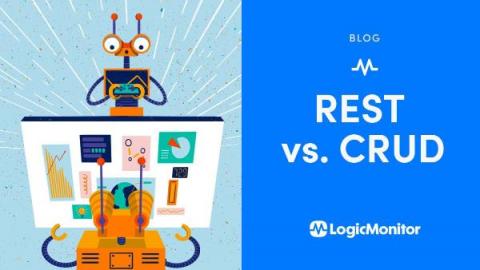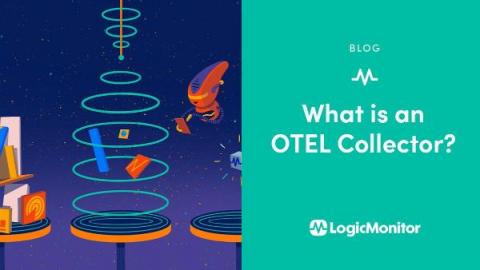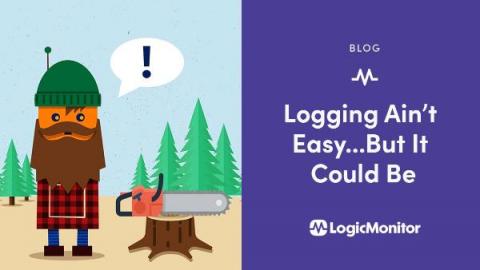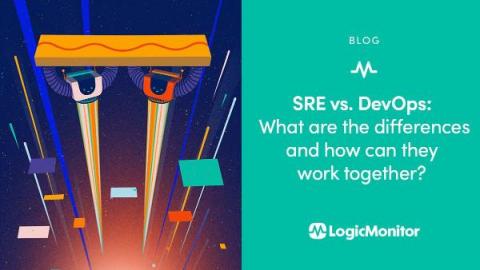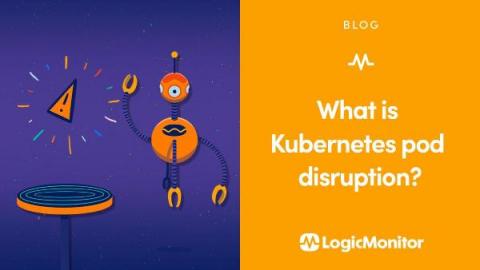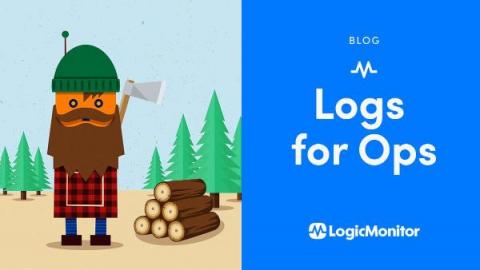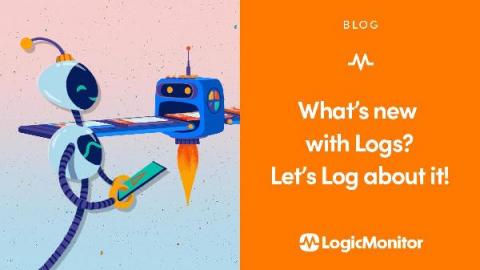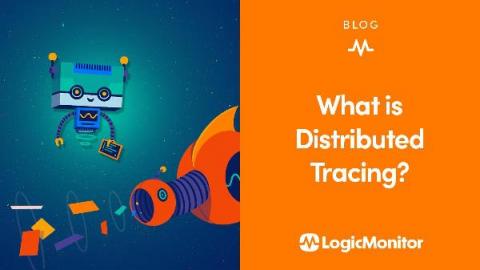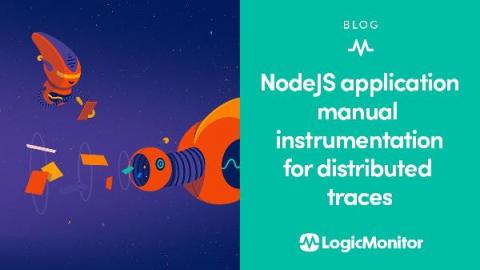3 Ways Ops Teams Benefit From LM Logs
Sifting through logs in real-time or post-mortem to pinpoint the problem can take hours – and is often like trying to find the needle in the alert/log haystack. Further, keeping the troubleshooting process efficient can be a challenge due to context switching and relying on manual interpretation of events and technology-specific knowledge.


